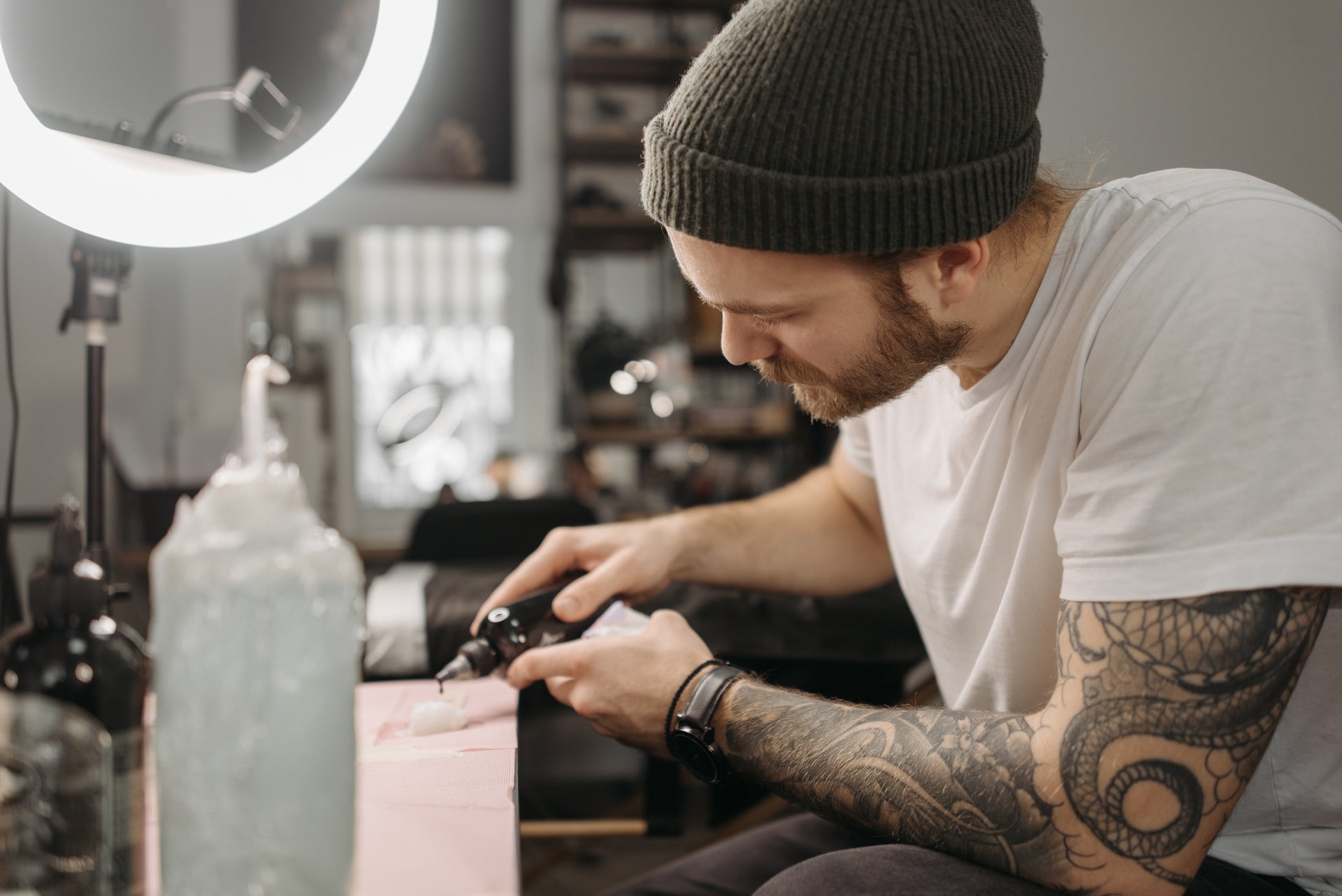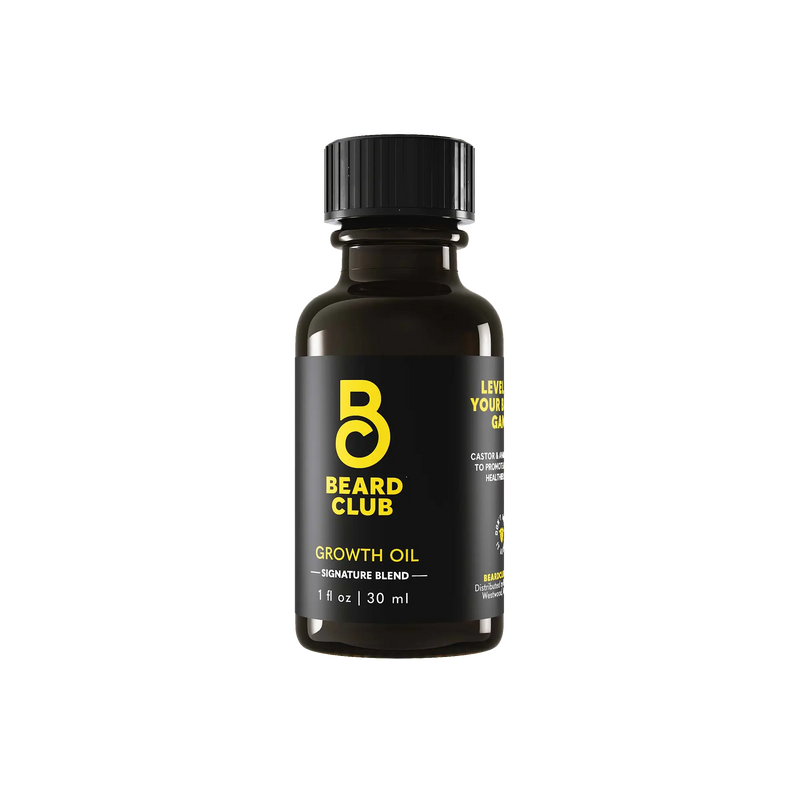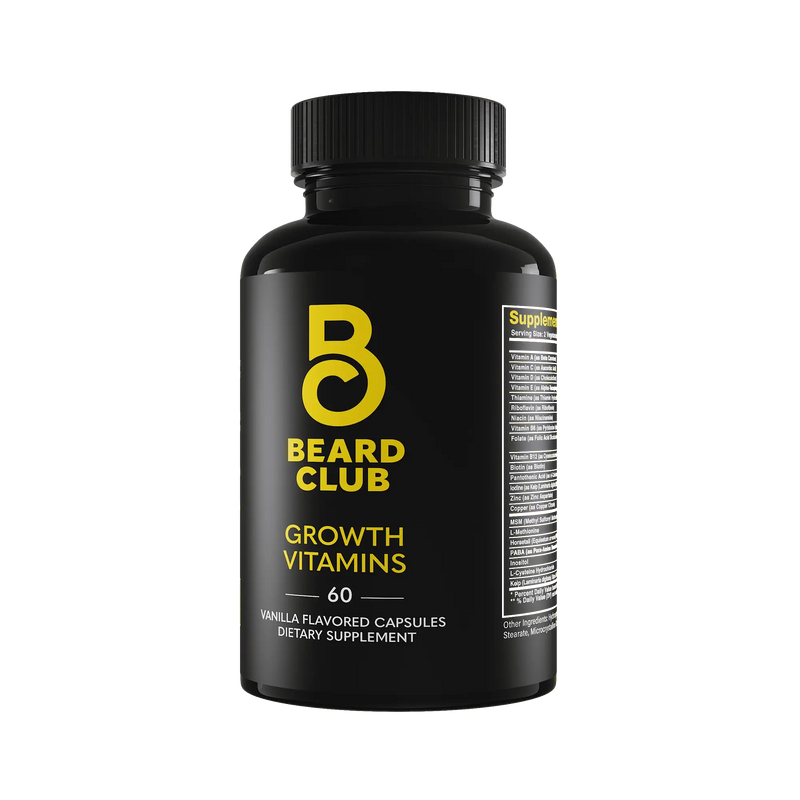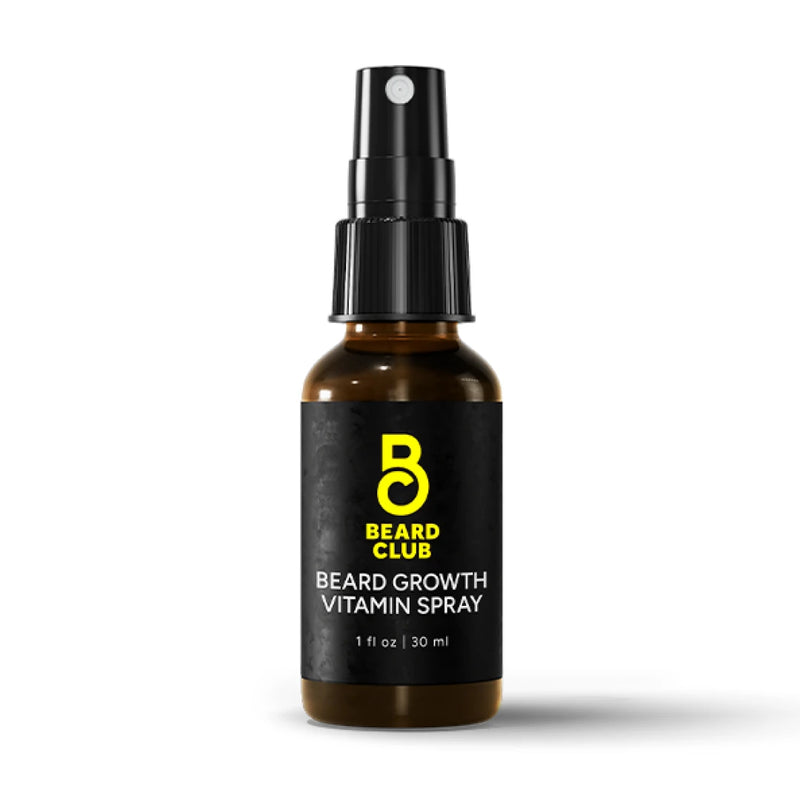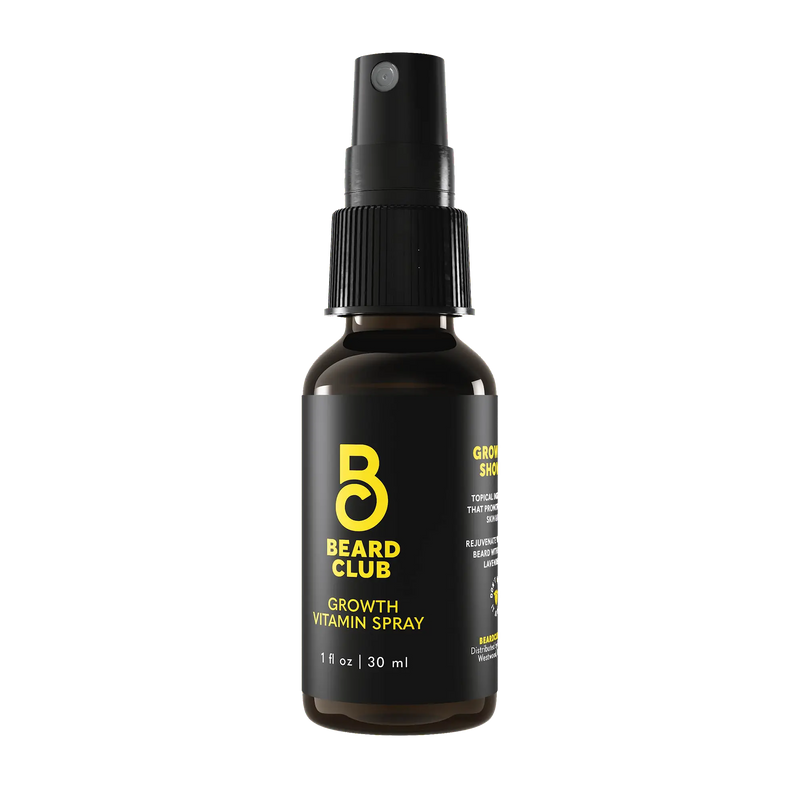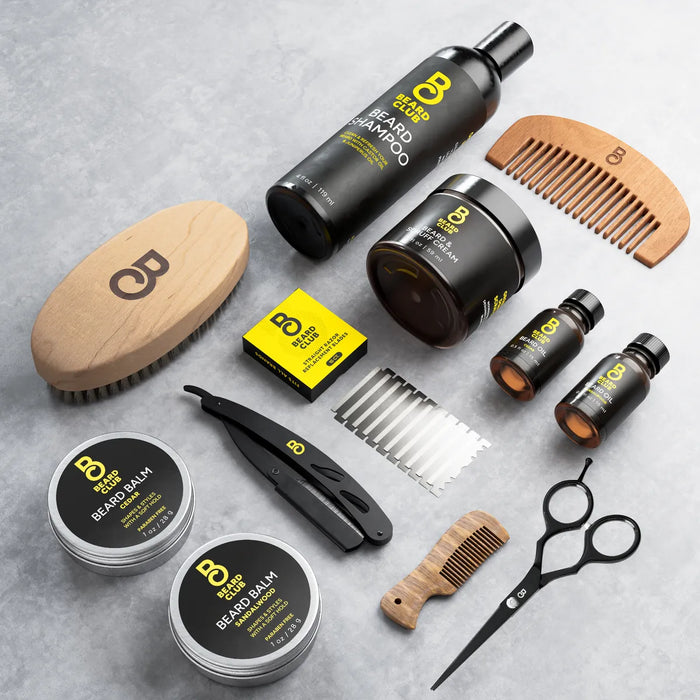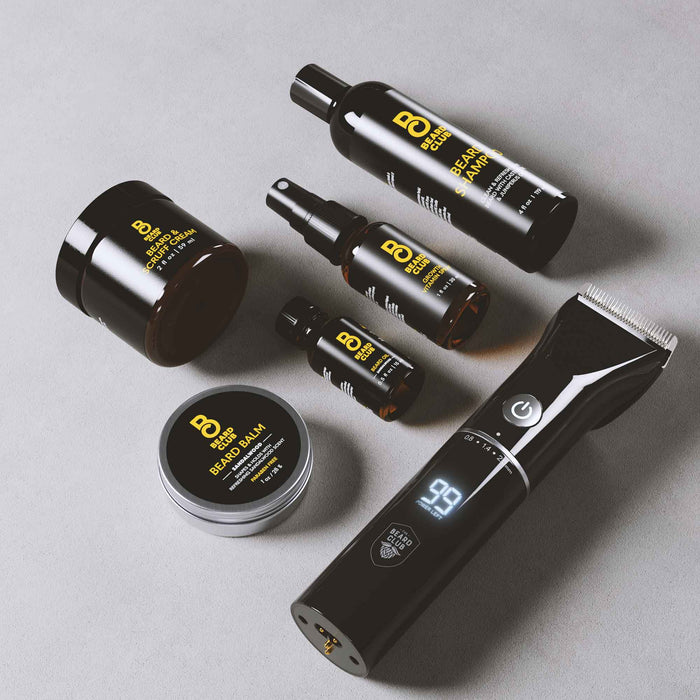The Ultimate Non-Toxic Tattoo Guide
Healthy Markings to Ourselves
With this mass consumption and constant availability of tattoos, you should be aware of the many harmful chemicals used in many mainstream tattoo ink concoctions. Basic black inks are usually created from soot, which is the result of a bunch of combusted products. Some of these ingredients include burnt animal bones ground into charcoal. Colored inks also have heavy metals present in them. These inks can include lead, chromium and titanium. Scientists have found that sometimes these inks are the same ones used in printer toner or even car paint! Red pigments have been found to cause the most adverse skin reactions. They contain mercury, one of the most dangerous chemicals a human can ingest.Ever been as mad as a hatter, filled with idle incessant chatter with a brain you didn’t know what was the matter?We’re talking about potential mercury poisoning here. Surely, there must be a better way!
Look to the Ancients & Beyond
Before there was automated tattoo guns and premixed chemical vat produced inks, there was a rich history of tattoo culture. If you know where to look you can still find it. From stick and poke manual methods passed down through generations of Japanese masters to the reemergence of Ancient Roman ink recipes and vegan mixes. The healthy and spiritually conscious way of the tattoo revival has just begun. Tattoo extraordinaires and newcomers alike, come learn the new way.Let's Get Inked
The majority of tattoo artists are most likely looking out for you and have your best intentions in mind when you decide to go under the tattoo gun… or chisel. But we also want you to be proactive by understanding what brands make environmentally friendly inks and are free from animal products. For aspiring artists and DIY brothers, you can learn how to make your own safe ink and get tatted. We’ll also look back in time to see how ancient methods and traditions are resurfacing and influencing modern day tattoo culture. Whether you’re an artist or a potential human canvas, here are a few main brands that are proven to be environmentally safe and do not have any animal byproducts.These inks avoid the common hazards of heavy metals, ground up animal bones and stop madness in their tracks. For your red inks, you’ll want to make sure that you have an alternative with something called naphthol instead of the dreaded mercurial madness.
Are these Ingredients in Your Ink? – Ask your Tattoo Artist
While most ingredients will change from product to product, there are a few common animal products to look out for when scouring the ingredients of a tattoo ink. These include bone char, gelatin, glycerin and shellac.- Bone char is the main ingredient used for black ink. Bones from animals are burnt and mixed so that they’ll achieve some of the deepest shades of black.
- Glycerin comes from animal fats and it is used as part of the stabilizer or liquid carrier of the ink mix. You’ve probably heard of gelatin which is a staple in many foodstuffs and other products. It is a glue-like mix derived from boiled connective tissues of cows and pigs.
- Shellac then acts as another stabilizer and binds with the other ingredients – it’s made from insects.
Communicate Your Conscious Needs
Many companies and individual shops have begun to opt for more natural and organic products. These types of ingredients are going to shape your skin for the rest of your life. It’s not a minor detail you’ll want to gloss over. The best thing to do is to communicate with your potential tattoo artist or even the company manufacturing their products and ink. Better yet if you’re an artist yourself, why not create your own mixture or work with your community of tattoo aficionados together!Home Mixture for the Bold
Some of the earliest tattoos were made by mixing purely natural ingredients. Everything came from a non-toxic base. These methods have been used for thousands of years in many different places around the world. The ink recipe is simple and can be recreated today in your own home. For a basic black ink, artists mixed ashes with burnt wood and water or a proto-alcohol type mixture. Burnt ashes as you’ll know are pure carbon, which means that a finished tattoo would turn out to be either black or brown depending on the mixture. A Primer liquid other than water works best for homemade tattoos. Clear alcohol works the best. The liquid involved in the ink mix is sometimes called the carrier. The distilled liquor used in most homemade mixes is usually a non-toxic liquid like vodka, which will work as it’s also a disinfectant. Other clear alcohols like rubbing alcohol or even tequila will work.Ingredients & Steps to Homemade Success
- Take One Cup of black ashes (Carbon from burned wood)
- Add just enough vodka to create a slushy mixture
- Mix in a blender anywhere from 15 minutes to an hour
- Add more carbon if its too thin or add more vodka if its too thick
- Store in an airtight container away from sunlight
- Wear gloves if you’ll be applying the tattoo
- Use traditional methods by using a pin or quill
- Take note of amount of carbon and alcohol used if making multiple batches
History of the Tattoo
The ancient Romans were exposed to many different civilizations during their reign. Tattoo tradition stretched far and wide, as it could either be used to connote religious meaning for the Celtic druids or used for the branding of slaves or even for the purpose of denoting a Roman soldier. Ancient documents indicated that Romans used to employ Celtic tutors for their children. Many Celtic tutors at that time had blue tattooed faces. A plant called a woad produced the blue dye. A renowned Roman Physician Aetius even had his own special recipe:- One pound of ground Egyptian pine wood bark
- Two ounces of corroded bronze with vinegar
- Two ounces of gall (contents of animal gallbladders)
- One Ounce of vitriol or (iron sulphate)
